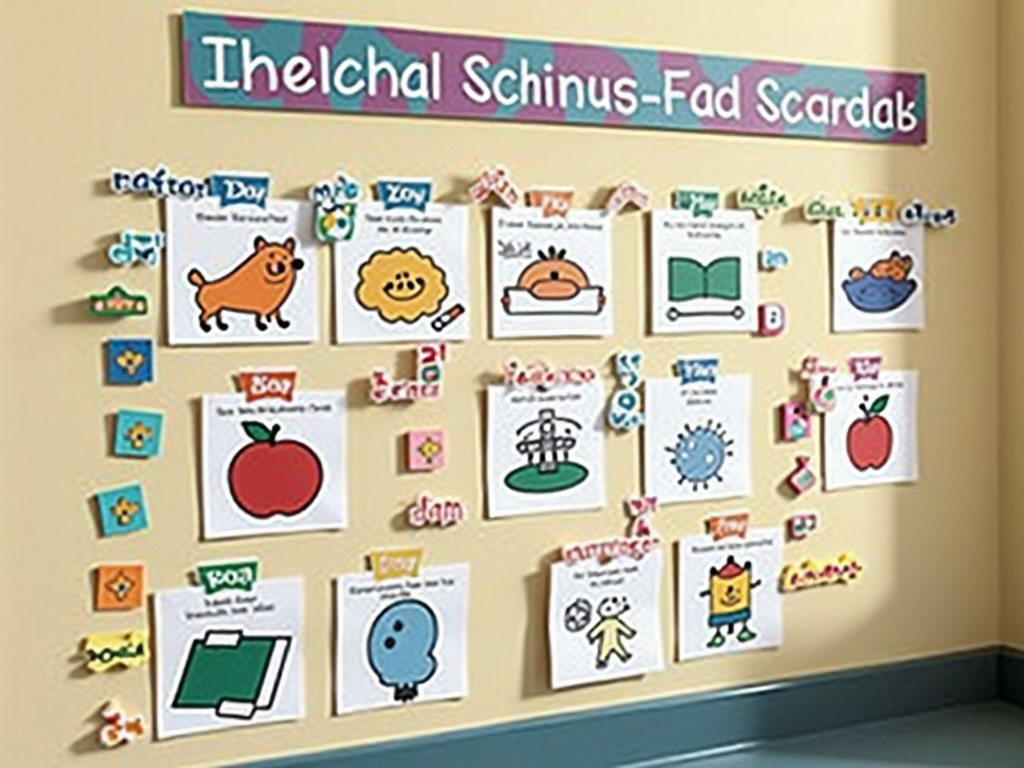Overview
Applied Behavior Analysis (ABA) is a scientific approach to understanding and changing behavior. For parents, ABA offers practical strategies to manage and improve their child's behavior at home. This article explores how ABA principles can be applied in everyday situations, providing parents with tools to create a positive and structured environment for their children.
What is ABA?
Applied Behavior Analysis, or ABA, is a therapy based on the science of learning and behavior. It involves understanding how behavior works, how it is affected by the environment, and how learning takes place. ABA is often used to help individuals with autism spectrum disorder, but its principles can be applied to anyone looking to modify behavior.
In ABA, behaviors are analyzed in terms of their antecedents (what happens before the behavior) and consequences (what happens after). By manipulating these elements, parents can encourage positive behaviors and reduce challenging ones.
For example, if a child throws a tantrum to get attention, a parent might ignore the tantrum (removing the consequence of attention) and instead provide attention when the child is calm and behaving appropriately.
Why ABA for Parents?
Parents are often the first to notice behavioral challenges in their children. Whether it's difficulty following instructions, tantrums, or social struggles, these behaviors can be stressful for both the child and the family. ABA provides a structured way to address these issues, offering strategies that are evidence-based and effective.
Moreover, ABA empowers parents by giving them tools to understand and influence their child's behavior positively. It's not about punishment or control; it's about teaching and reinforcing desired behaviors in a supportive way.
Practical Strategies for Behavior Management
Here are some key ABA strategies that parents can use at home:
- Positive Reinforcement
Positive reinforcement involves rewarding a behavior to increase the likelihood of it happening again. Rewards can be anything the child finds motivating, such as praise, stickers, or extra playtime.
For instance, if your child completes their homework without being reminded, you might say, "Great job! I'm proud of you for being responsible." This positive feedback encourages the child to repeat the behavior.
- Setting Clear Expectations
Children thrive on structure and knowing what is expected of them. Clearly communicate rules and expectations, and be consistent in enforcing them.
For example, you might say, "We wash our hands before dinner every night." Then, ensure that this rule is followed consistently.
- Consistency
Consistency is crucial in behavior management. If a behavior is sometimes rewarded and sometimes punished, it can be confusing for the child. Try to respond to behaviors in the same way each time.
- Breaking Tasks into Steps
Some tasks can be overwhelming for children. Breaking them down into smaller, manageable steps can make them more achievable.
For example, instead of saying, "Clean your room," you might say, "First, pick up your toys, then make your bed."
- Using Visual Aids
Visual aids, such as schedules or charts, can help children understand routines and expectations. They provide a clear, visual representation of what needs to be done.
For instance, a visual schedule might show pictures of morning routines: brushing teeth, getting dressed, eating breakfast, etc.

Addressing Common Challenges
One common challenge parents face is dealing with tantrums. In ABA, tantrums are seen as a form of communication. The child might be trying to express frustration, seek attention, or avoid a task.
To address tantrums, parents can:
- Identify the function of the tantrum. What does the child want?
- Teach alternative behaviors. For example, if the child tantrums to get a toy, teach them to ask politely.
- Reinforce calm behavior. Praise the child when they are calm and using appropriate communication.
Another challenge is getting children to follow instructions. ABA suggests using clear, concise instructions and providing immediate reinforcement for compliance.
For example, say, "Please put your shoes on," and when the child does, immediately say, "Thank you for listening!"
Personal Insights
As a parent, implementing ABA strategies can feel daunting at first, but the results are worth it. I remember when my child struggled with transitions, like leaving the park. By using a visual timer and giving warnings ("We have 5 minutes left"), we were able to reduce meltdowns significantly.
It's also important to remember that every child is different. What works for one might not work for another, so be patient and willing to adjust your approach.

The Role of Family Therapy
While ABA focuses on behavior, family therapy can complement it by addressing the emotional and relational aspects of behavior management. Family therapy can help improve communication, resolve conflicts, and strengthen family bonds.
For parents, learning ABA techniques alongside family therapy can provide a holistic approach to behavior management.
Collecting Data
In ABA, data collection is used to track progress and make informed decisions about interventions.
As a parent, you don't need to be as rigorous as a therapist, but keeping simple records can be helpful.
For example, you might keep a chart of how often a particular behavior occurs or how many times your child completes a task without prompting.
This can help you see patterns and determine if your strategies are working.
You can use a notebook or even a smartphone app to track behaviors.
Involving the Whole Family
Behavior management is most effective when the whole family is on board. Siblings can be great role models, and involving them in reinforcement strategies can be beneficial.
For example, you might have a family reward system where everyone earns points for positive behaviors, and the family gets a reward when a certain number of points are reached.
This promotes teamwork and consistency across family members.
Seeking Professional Help
While parents can implement many ABA strategies at home, sometimes professional help is needed.
If your child's behaviors are severe or you're feeling overwhelmed, consider consulting with a Board Certified Behavior Analyst (BCBA) or a therapist trained in ABA.
They can provide personalized guidance and support.
For more information on finding a qualified professional, visit the Behavior Analyst Certification Board.
Conclusion
ABA offers a wealth of strategies for parents to manage and improve their child's behavior. By applying principles like positive reinforcement, clear expectations, and consistency, parents can create a nurturing environment that encourages positive behaviors. Remember, behavior change takes time, so be patient and celebrate small victories along the way.
Discuss Here